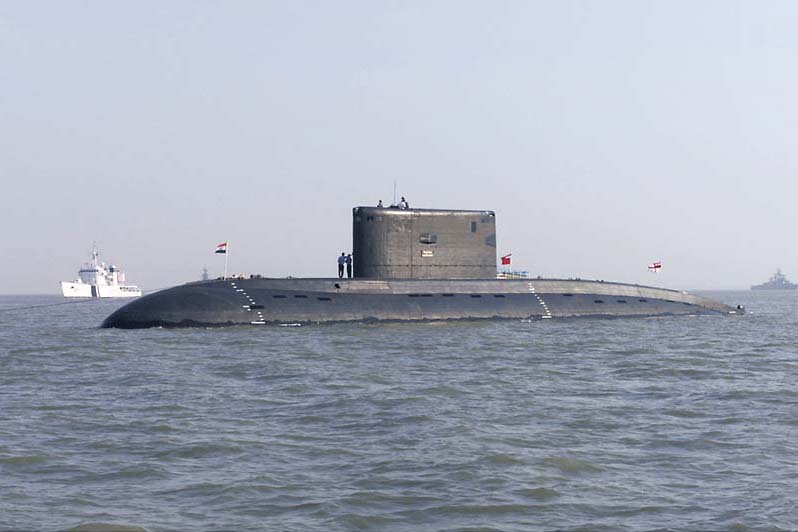The Economist looks back at the history of India Pale Ale, the first truly global beer:
INDIA pale ale (IPA) had a good claim to be the first global beer, before lager took a grip on the world’s tipplers. Now IPA, an amber, hop-laden brew, high in alcohol, is regaining its global footprint. Arguments rage about the origins and history of IPA. Britain’s territories on the Indian subcontinent were generally too hot for brewing. So a couple of hundred years ago, to keep army officers and officials of the East India Company away from the fearsome local firewater, beer was exported from Britain to take its place. Whether a beer already existed that had the characteristics of IPA or whether it was developed for the purpose is a matter of heated debate among beer historians. What is clear is that hops, which act as a preservative as well as a flavouring, combined with a hefty dose of alcohol for added robustness, ensured that the beer survived the long sea journey to India. Indeed, the months jiggling in a barrel onboard seemed only to improve the flavour. The style caught on at home, as the brew seeped onto the domestic market.
IPA’s popularity waned as the brewing industry changed. After the second world war, big brewers in Britain and America bought smaller competitors and flooded the market with bland, mass-market beers as old styles were abandoned in favour of a pint that would not offend anyone. In the 1980s brewing began to change again.
A minor quibble: in the snobby world of the British Raj, it wasn’t company concern for army officers and officials — it was those men being concerned that the troops in company army service or the lower-ranking clerks and functionaries not get too fuddled on local firewater. The officers and officials had their regimental officers’ messes and clubs which catered nearly as well as fancy gentlemens’ clubs in London. No beer for those chaps! Wine, whisky, and gin certainly (and in great supply) but beer was for the sweaty lads in the lower orders.
The beer that craft brewers like making the most is IPA. Artisan beermakers in America adopted old recipes from Britain for their IPAs but gradually began to adapt the brews to their own tastes. The heavy use of hops allows them to show off their skills in blending different flavours. Some parts of America, like Britain, have an excellent climate for growing top-quality hops. The bold flavours and high alcohol content create a beer that has a distinct style and bold taste, yet can come in many shades. The passion for hops in American craft beers has taken on the characteristics of an arms race, as brewers try to outdo each other in hoppiness.
The hop-addiction among craft brewers is well known. In fact, the demand for high quality aromatic hops is threatening to create shortages of the “good stuff” in the immediate future, as more craft brewers enter the market and try to out-hop the Joneses.





